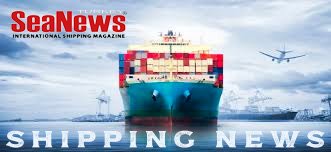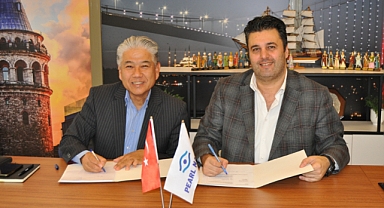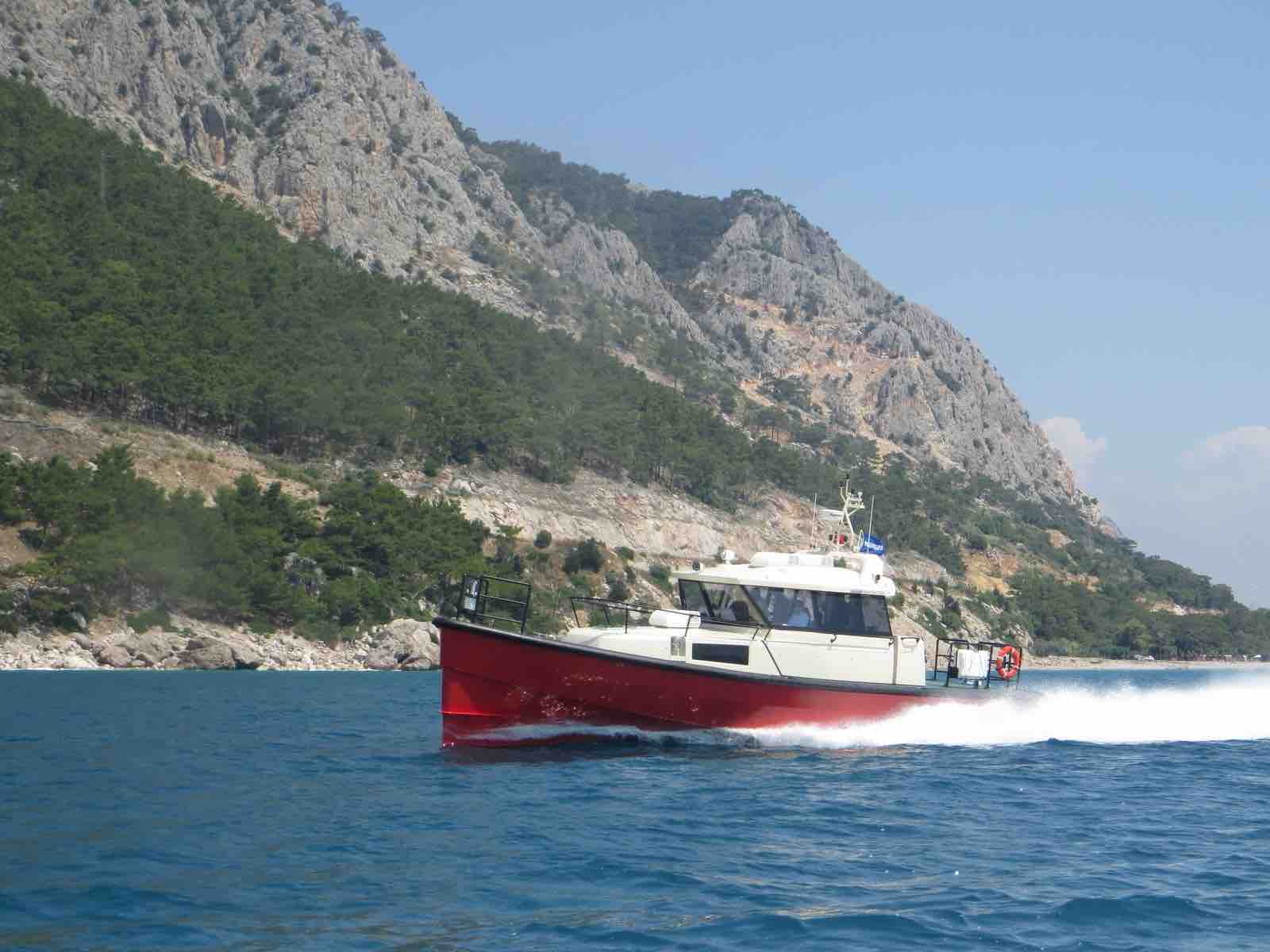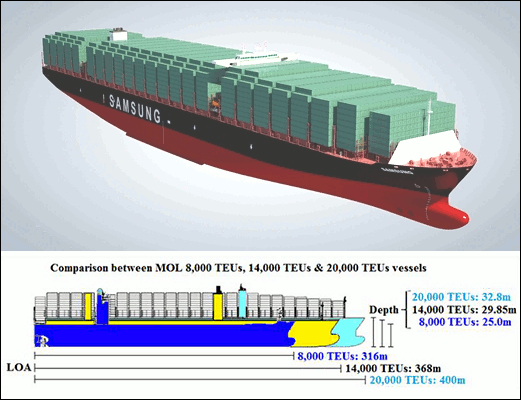THE International Air Transport Association's (IATA) latest projections indicate that cargo revenue is expected to account for US$191 billion of industry revenue in 2022, reports Mumbai's STAT Trade Times.
'That is down slightly from the estimated $204 billion in 2021 but nearly double the $100 billion achieved in 2019,' IATA said in its report.
Overall, the industry is expected to carry over 68 million tonnes of cargo in 2022, which is a record high. As the trading environment softens slightly, cargo yields are expected to fall 10.4 per cent compared with 2021. That only partially reverses the yield increases of 52.5 per cent in 2020 and 24.2 per cent in 2021, the report added.
'Air cargo stood out as a lifeline for vaccines, supply chains, and airline revenues throughout the Covid-19 crisis,' says Willie Walsh, director general, IATA. 'And it has grown to be an even more vital contributor to revenues.'
Losses will be cut to $9.7 billion this year and profitability is on the horizon for 2023, Mr Walsh added. 'It is a time for optimism, even if there are still challenges on costs, particularly fuel, and some lingering restrictions in a few key markets.'
Efficiency gains and improving yields are helping airlines reduce losses even with rising labour and fuel costs (the latter driven by a +40 per cent increase in the world oil price and a widening crack spread this year), the report said.
'Industry optimism and commitment to emissions reductions are evident in the expected net delivery of over 1,200 aircraft in 2022.'
Strong pent-up demand, lifting of travel restrictions in most markets, low unemployment in most countries and expanded personal savings are fuelling a resurgence in demand that will see passenger numbers reach 83 per cent of pre-pandemic levels in 2022.
The challenge for 2022 is to keep costs under control. 'The reduction in losses is the result of hard work to keep costs under control as the industry ramps up,' says Mr Walsh.
'The improvement in the financial outlook comes from holding costs to a 44 per cent increase while revenues increased 55 per cent. As the industry returns to more normal levels of production and with high fuel costs likely to stay for a while, profitability will depend on continued cost control. And that encompasses the value chain. Our suppliers, including airports and air navigation service providers, need to be as focused on controlling costs as their customers to support the industry's recovery.'
SeaNews Turkey
'That is down slightly from the estimated $204 billion in 2021 but nearly double the $100 billion achieved in 2019,' IATA said in its report.
Overall, the industry is expected to carry over 68 million tonnes of cargo in 2022, which is a record high. As the trading environment softens slightly, cargo yields are expected to fall 10.4 per cent compared with 2021. That only partially reverses the yield increases of 52.5 per cent in 2020 and 24.2 per cent in 2021, the report added.
'Air cargo stood out as a lifeline for vaccines, supply chains, and airline revenues throughout the Covid-19 crisis,' says Willie Walsh, director general, IATA. 'And it has grown to be an even more vital contributor to revenues.'
Losses will be cut to $9.7 billion this year and profitability is on the horizon for 2023, Mr Walsh added. 'It is a time for optimism, even if there are still challenges on costs, particularly fuel, and some lingering restrictions in a few key markets.'
Efficiency gains and improving yields are helping airlines reduce losses even with rising labour and fuel costs (the latter driven by a +40 per cent increase in the world oil price and a widening crack spread this year), the report said.
'Industry optimism and commitment to emissions reductions are evident in the expected net delivery of over 1,200 aircraft in 2022.'
Strong pent-up demand, lifting of travel restrictions in most markets, low unemployment in most countries and expanded personal savings are fuelling a resurgence in demand that will see passenger numbers reach 83 per cent of pre-pandemic levels in 2022.
The challenge for 2022 is to keep costs under control. 'The reduction in losses is the result of hard work to keep costs under control as the industry ramps up,' says Mr Walsh.
'The improvement in the financial outlook comes from holding costs to a 44 per cent increase while revenues increased 55 per cent. As the industry returns to more normal levels of production and with high fuel costs likely to stay for a while, profitability will depend on continued cost control. And that encompasses the value chain. Our suppliers, including airports and air navigation service providers, need to be as focused on controlling costs as their customers to support the industry's recovery.'
SeaNews Turkey









